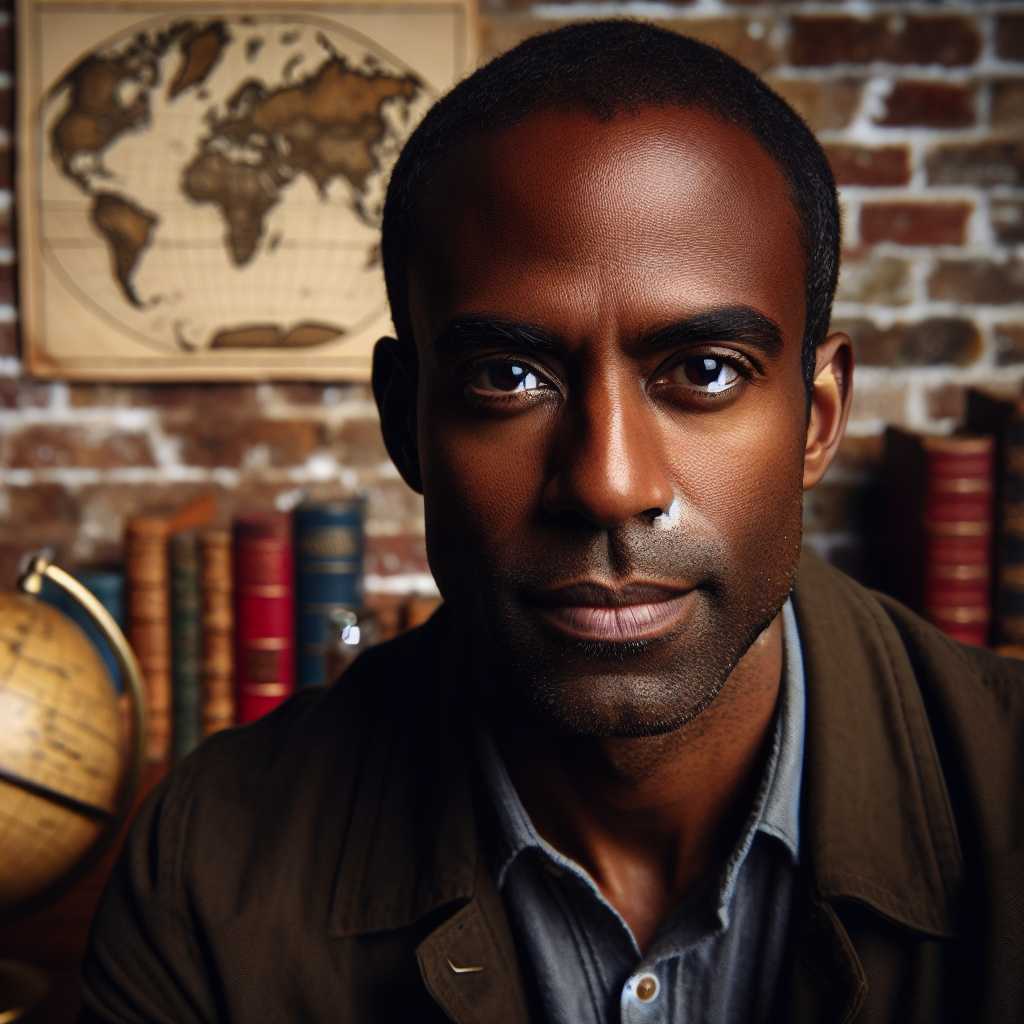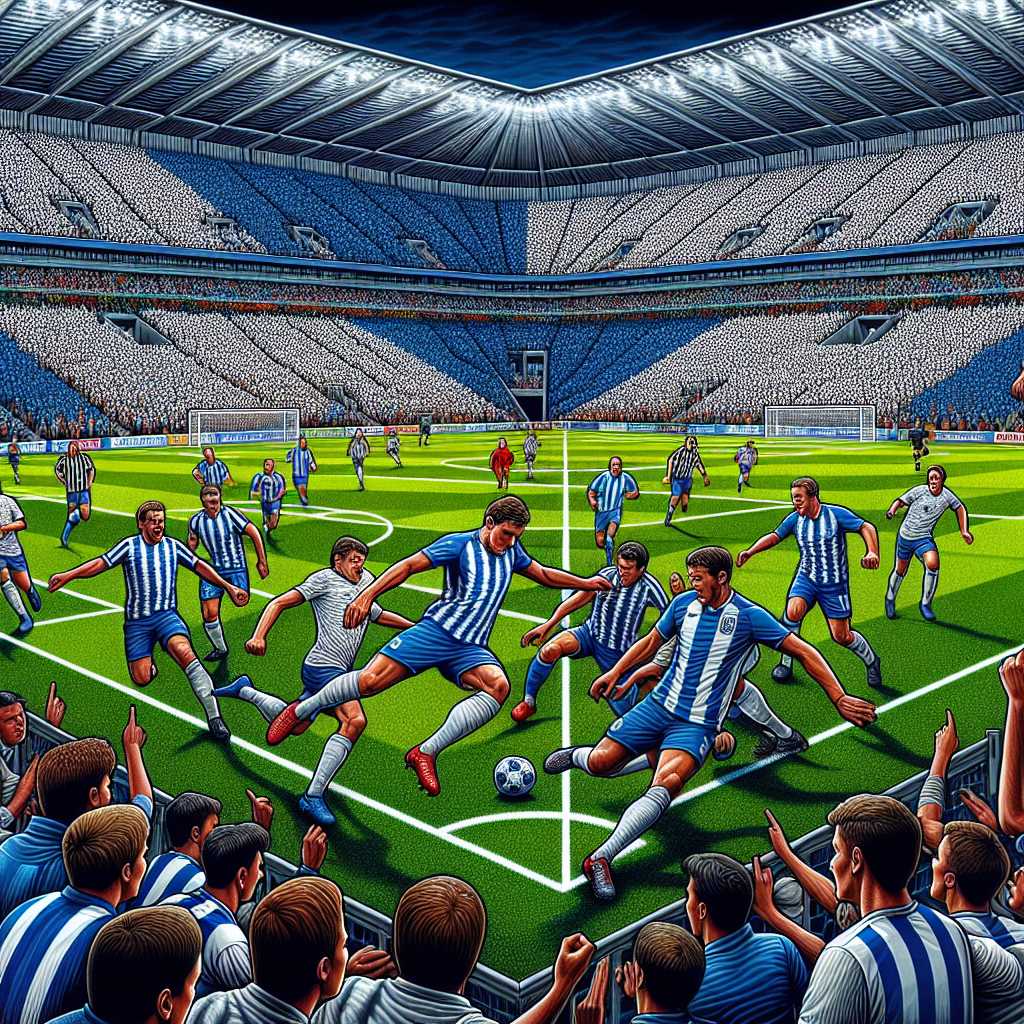## The Multifaceted Career of Kim Gordon
Kim Gordon, a remarkable figure in alternative rock, has made considerable contributions to music, art, and fashion over the decades. Her influence extends beyond her role as a musician in the influential band Sonic Youth to her work as a visual artist and designer. In this extensive article, we will explore Kim Gordon’s versatile career and how she became an icon for generations of artists and musicians.
Early Life and Beginnings in Music
Kim Althea Gordon was born on April 28, 1953, in Rochester, New York. Her interest in the arts was evident from a young age, nurtured by her family’s creative background. After high school, she attended Otis College of Art and Design in Los Angeles, but it wasn’t until she moved to New York City in the early 1980s that music became a primary avenue for her artistic expression.
In New York, Gordon immersed herself in the vibrant no wave art scene and met guitarist Thurston Moore and drummer Lee Ranaldo. Together, with Moore and Ranaldo, Gordon co-founded Sonic Youth in 1981.
Sonic Youth: A New Wave Revolution
Sonic Youth would come to be known for their unique approach to creating music with unconventional guitar tunings and making use of feedback and dissonance. They pioneered a sound that fused punk rock’s raw energy with avant-garde aesthetics—a sound that significantly influenced the burgeoning alternative rock scene.
Through albums like “Daydream Nation” (1988) and “Goo” (1990), Sonic Youth garnered critical acclaim. Gordon’s presence was especially notable as she took on both vocals and bass guitar duties. Her performances were marked by an intense onstage charisma that juxtaposed vulnerability with a commanding authority.
Beyond Music: Art, Writing, and Fashion
Gordon’s creative endeavors have never been limited to the domain of music. With a solid foundation in visual arts from her education, she continued to create art through various mediums—installations, videos, and paintings that have been displayed in galleries worldwide.
Likewise, her writing — which includes music criticism, essays, and memoirs — demonstrates a reflective insight into both her life experiences and broader cultural trends. Her book “Girl in a Band” offers a candid look into her personal history and time with Sonic Youth.
Fashion is another sphere where Gordon has left her mark; she co-founded X-Girl, a clothing brand layered with the aesthetic of punk culture yet distinctly modish and forward-thinking. The brand became a cult favorite in the 1990s particularly among subcultural fashion circles.
Solo Career and Musical Collaborations
Following the 2011 dissolution of Sonic Youth amicably amid the personal separation of Gordon and Moore, she pursued other musical directions. Kim established the band Body/Head with guitarist Bill Nace. Their experimental sound dives even deeper into improvisational territories and abstract sonics further solidifying Gordon’s status as an innovative force in underground music.
Her solo career has also bloomed with the release of “No Home Record” (2019), showcasing an evolving style that incorporates electronic beats with guitar-driven melodies. This return to individual work brings her diverse influences together under one roof—art rock meets modernist poetry meets noise-pop—but always unmistakably Kim Gordon.
Influence and Legacy
Kim Gordon’s impact can’t easily be overstated; not only has her work with Sonic Youth helped shape alternative music landscapes but her interdisciplinary approach steeped in feminist theory has also inspired countless individuals across various fields. She’s an embodiment of the true indomitability of DIY ethic—from self-released records to self-curated art shows—the pathway Kim paved is one driven by authenticity.
Her role in expanding the visibility of women within music scenes known for their male dominance cannot be ignored either; Kim prevailed as both muse and critic within a frequently misogynistic environment, thus shaping a dialogue around gender politics that continues today.
Notes
*Image Description:*
A black and white portrait of Kim Gordon, casually dressed with an unruly charm characteristic of the grunge rock era. She holds a bass guitar confidently slung over her shoulder as she gazes thoughtfully at the camera against a blurred artistic backdrop reminiscent of urban graffiti art.
q74Sy



















